PayPal is working diligently to stay relevant in the era of AI, and Wall Street is taking notice.
PayPal unveiled a collaboration with OpenAI, which includes a “Buy with PayPal” button in ChatGPT, following the company’s third-quarter earnings report, which beat expectations.
Beginning in 2026, customers will be able to pay for items within the chatbot, and businesses will be able to use PayPal’s payment system to sell directly via the platform.
The reveal reignited analyst interest, apart from an uptick for PYPL stock. BofA Securities reiterated its buy rating and $93 price target, saying the news demonstrated PayPal’s superior technology.
Bank of America analyst Mihir Bhatia, in issuing the verdict, said the following about PYPL:
The OpenAI partnership highlights the value of the PYPL brand and large installed base of both consumers and merchants.
The firm also announced its first-ever dividend: a quarterly payment of $0.14, which is 10% of non-GAAP net income. Along with it, the EPS projection for 2025 was lifted from $5.15–$5.30 to $5.35–$5.39.
This is the clearest hint yet that PayPal’s CEO is shifting the narrative from cost reduction to innovation, and from stability to growth. All things considered, it is an exciting time to be a PYPL investor.
Shutterstock
Wall Street backs the move, but the bar is rising for PayPal
Investors didn’t simply receive a dazzling AI headline. They also obtained real numbers.
PayPal raised its full-year profits projection to $5.35–$5.39 a share, up from $5.15–$5.30, after beating Q3 forecasts. The firm also paid out a dividend for the first time ever, which shows that it feels confident about its long-term cash flow.
Related: Investors ask whether $5 trillion Nvidia can sustain our faith in AI
Bank of America’s updated guidance on PayPal:
- EPS (2025): $5.35–$5.39, up from $5.15–$5.30
- Transaction margin dollars: $15.45 to $15.55 billion
- Targeting 10% of non-GAAP net profits, dividend is $0.14 every quarter
- Free cash flow: Reiterated at $6–$7 billion
- Q4 EPS guidance: $1.29 (midpoint), which is a little lower than the consensus of $1.31
That said, not every statistic was higher than expected. The rise of branded volume was low, and PayPal’s Q4 midpoint was slightly below what Wall Street had expected.
Still, experts were more interested in the change in strategy and whether PayPal is finally exhibiting indications of a reset.
PayPal leans into AI and a new kind of checkout
The OpenAI integration is more than simply a headline. PayPal aims to transform how people use its services. It doesn’t want to be a button on websites; it also wants to be the default wallet for AI agents that buy things for you.
In 2026, users of ChatGPT will see a “Buy with PayPal” option when checking out. That’s the consumer’s perspective. PayPal vendors will be able to list and process sales right in ChatGPT on the merchant side. In principle, it’s a whole new channel that makes more sense.
Related: General Motors Layoffs, exec exit in major EV shift
BofA said it showed that PayPal was becoming more popular as an AI commerce partner, particularly after it had previously worked with Google. “It also positions PYPL to be an early player in the nascent agentic commerce landscape,” Bhatia added.
The phrase “agentic commerce” is essential. It envisions a future in which AI bots shop for people, and PayPal wants to be in charge of the payments in that scenario.
It’s not yet clear whether merchants and users will rapidly adopt it, but the company’s stance suggests it doesn’t want to play catch-up for long.
PayPal’s execution of agentic commerce: risks remain
PayPal still has work to do, even with all the AI hype.
The branded volume increase in Q3 was lower than projected, a concerning sign for a firm that still relies heavily on consumer checkout volume.
And while the agreements between OpenAI and Google indicate that things are moving forward, it remains unclear how quickly agentic commerce will grow or how PayPal will generate revenue from it in practice.
There is also a new security issue.
Only days before the notification, reports emerged, advising PayPal customers to be cautious of invoice fraud. This was part of a series of ongoing phishing attacks, and that type of conflict might hurt confidence precisely as the corporation attempts to repair it.
The introduction of dividends and the rise in EPS, on the other hand, are strong signs that the company is moving from defense to attack. PayPal’s new management seems focused on repairing trust, not only with consumers, but also with the market.
Wall Street is ready to give it the benefit of the doubt for now.
Related: Why Elon Musk could leave Tesla, and why it might actually happen



